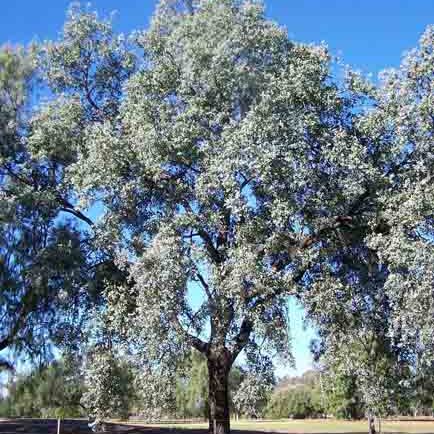Widespread and abundant, in grassy or sclerophyll woodland on lighter soils. Gently undulating country in grassy woodlands on a range of soils, though more common on fertile soils,such as those derived from basalt.
Grows in a wide rangeof soils on plains and tablelands in woodland and open woodland.


